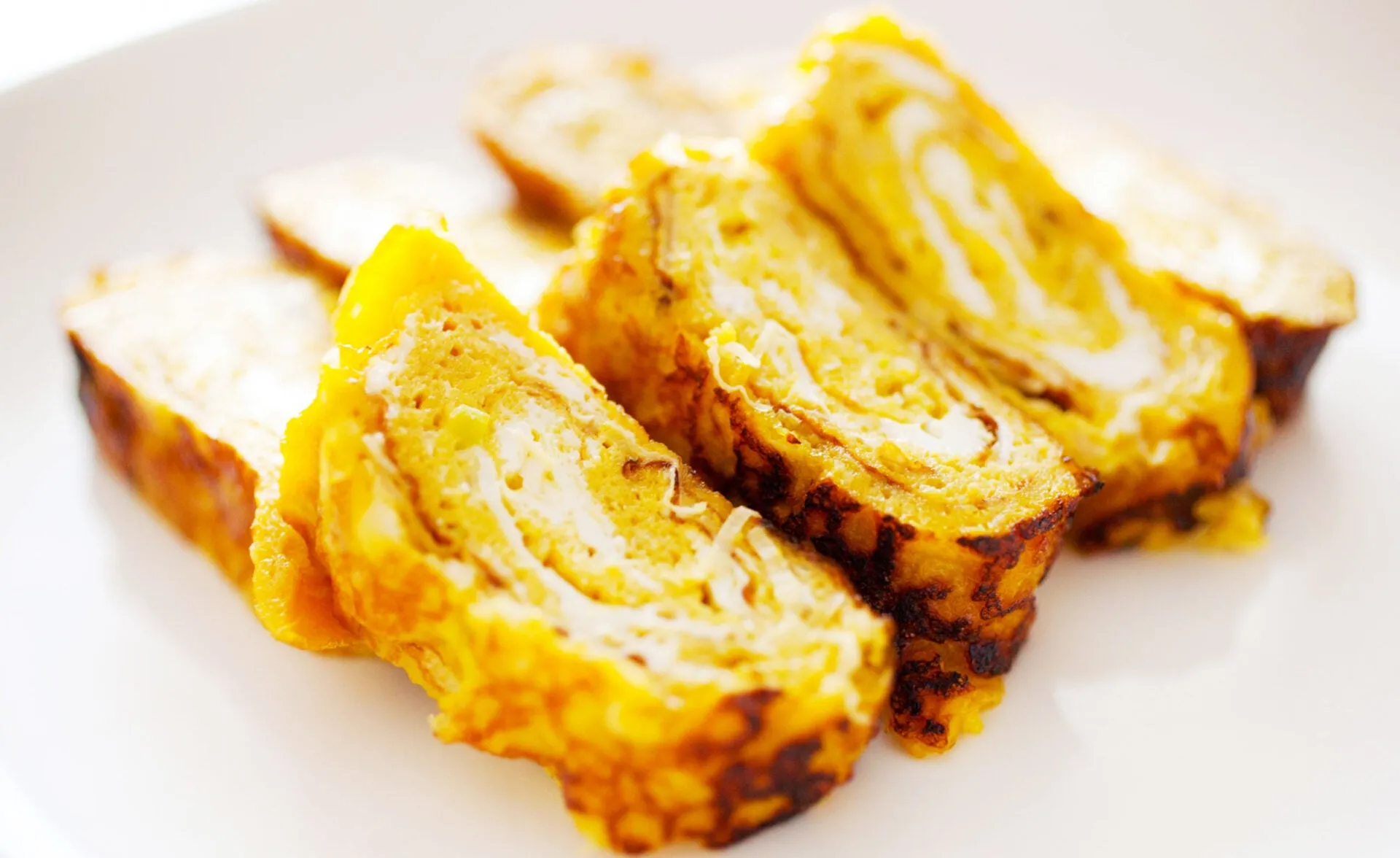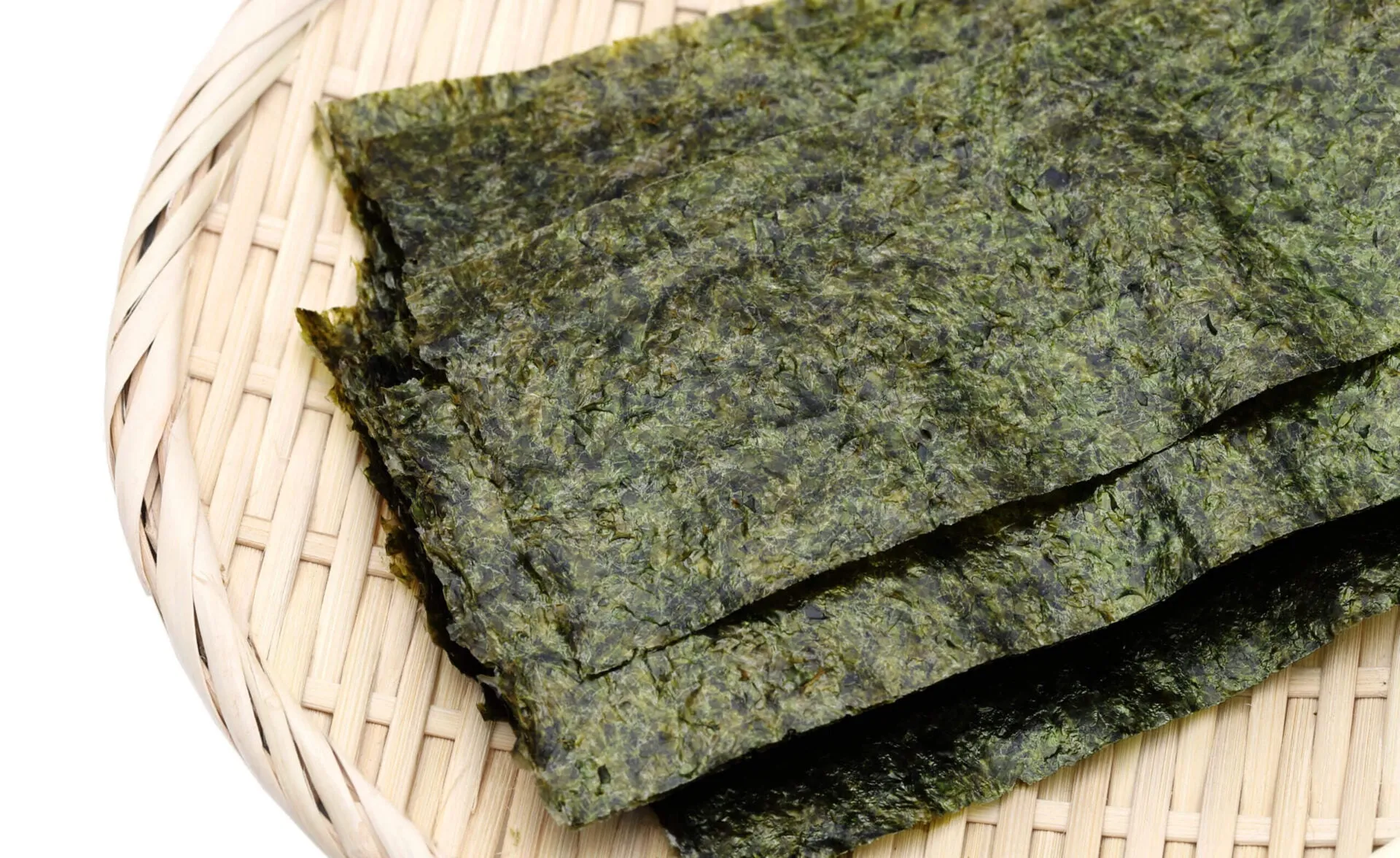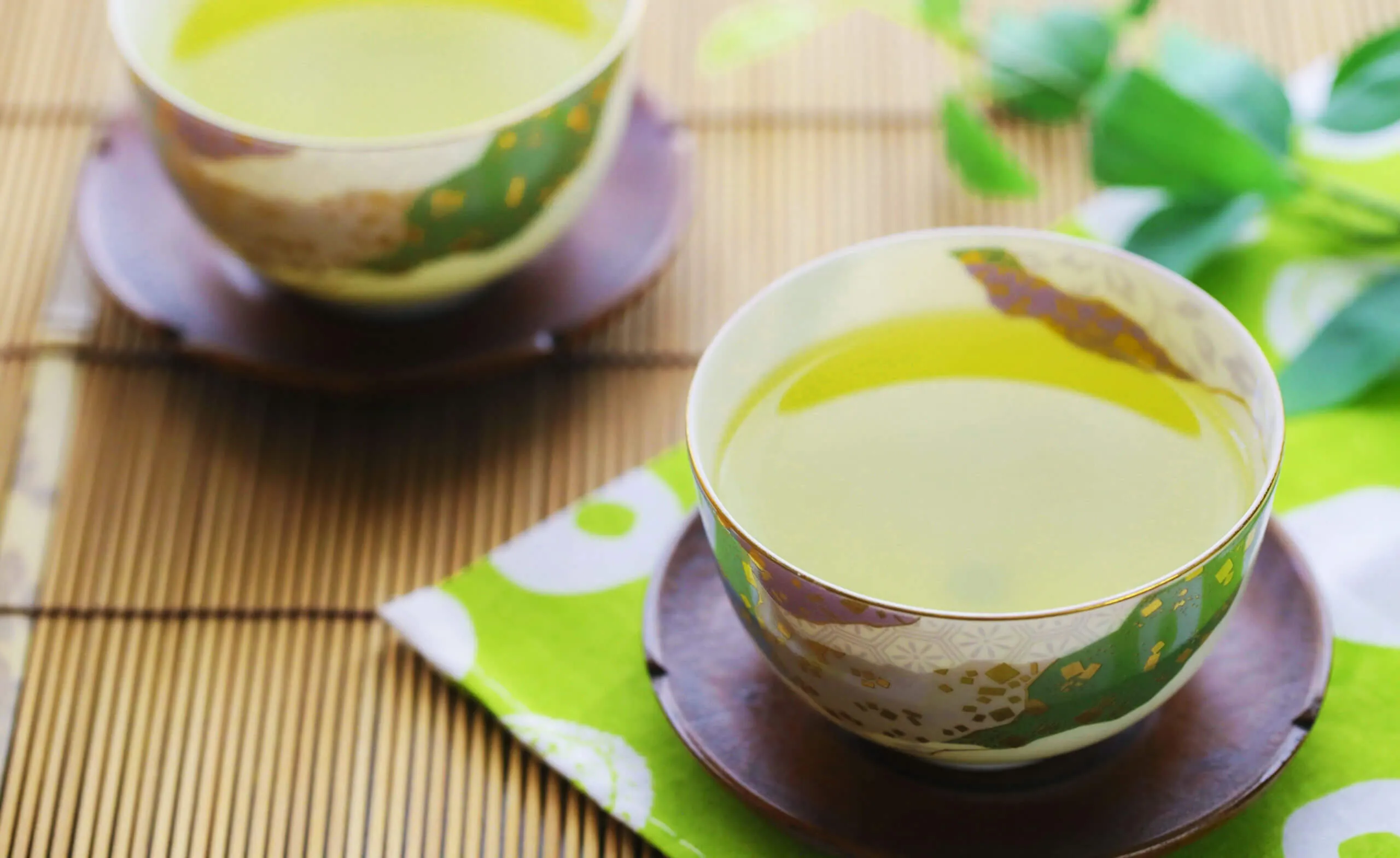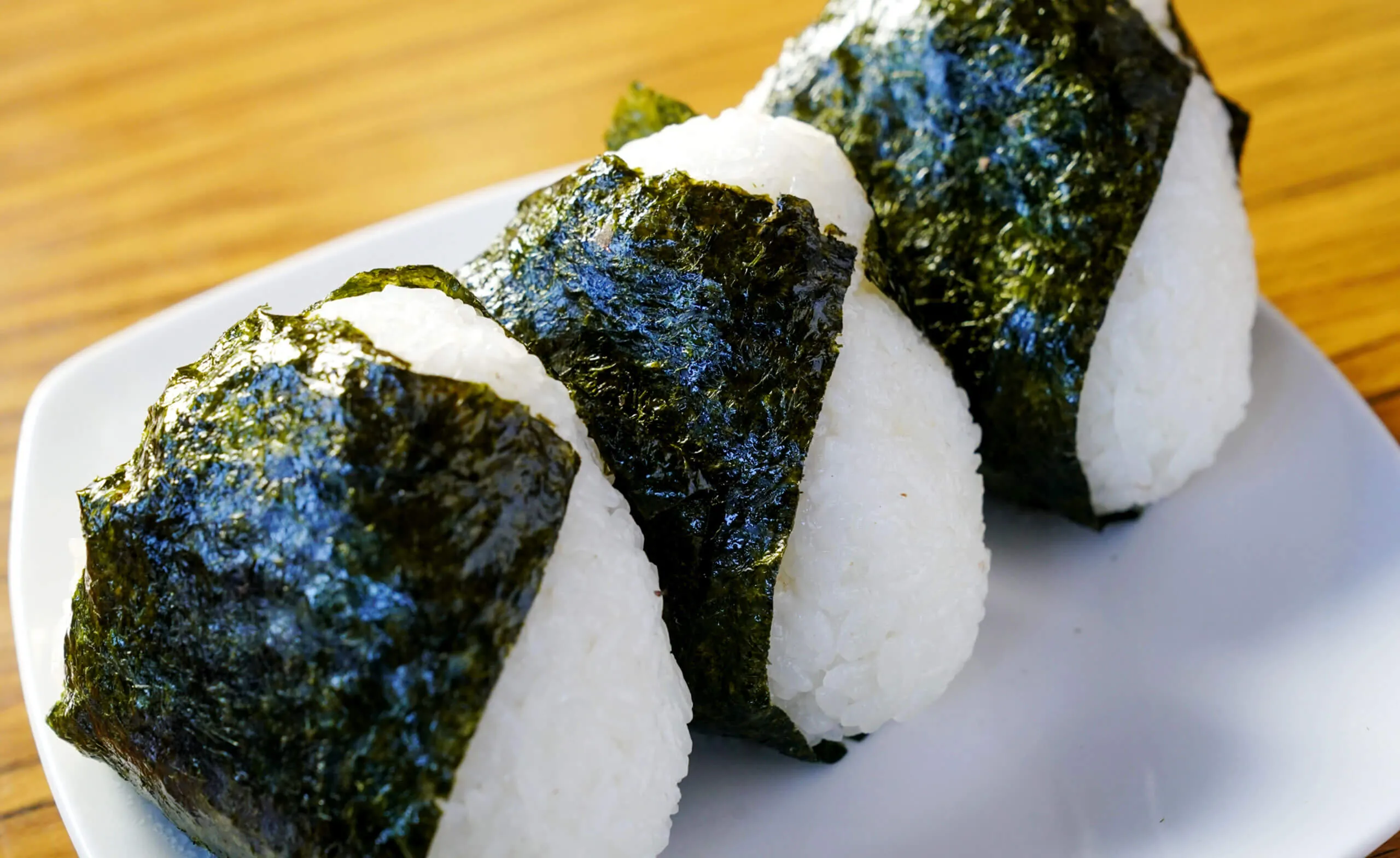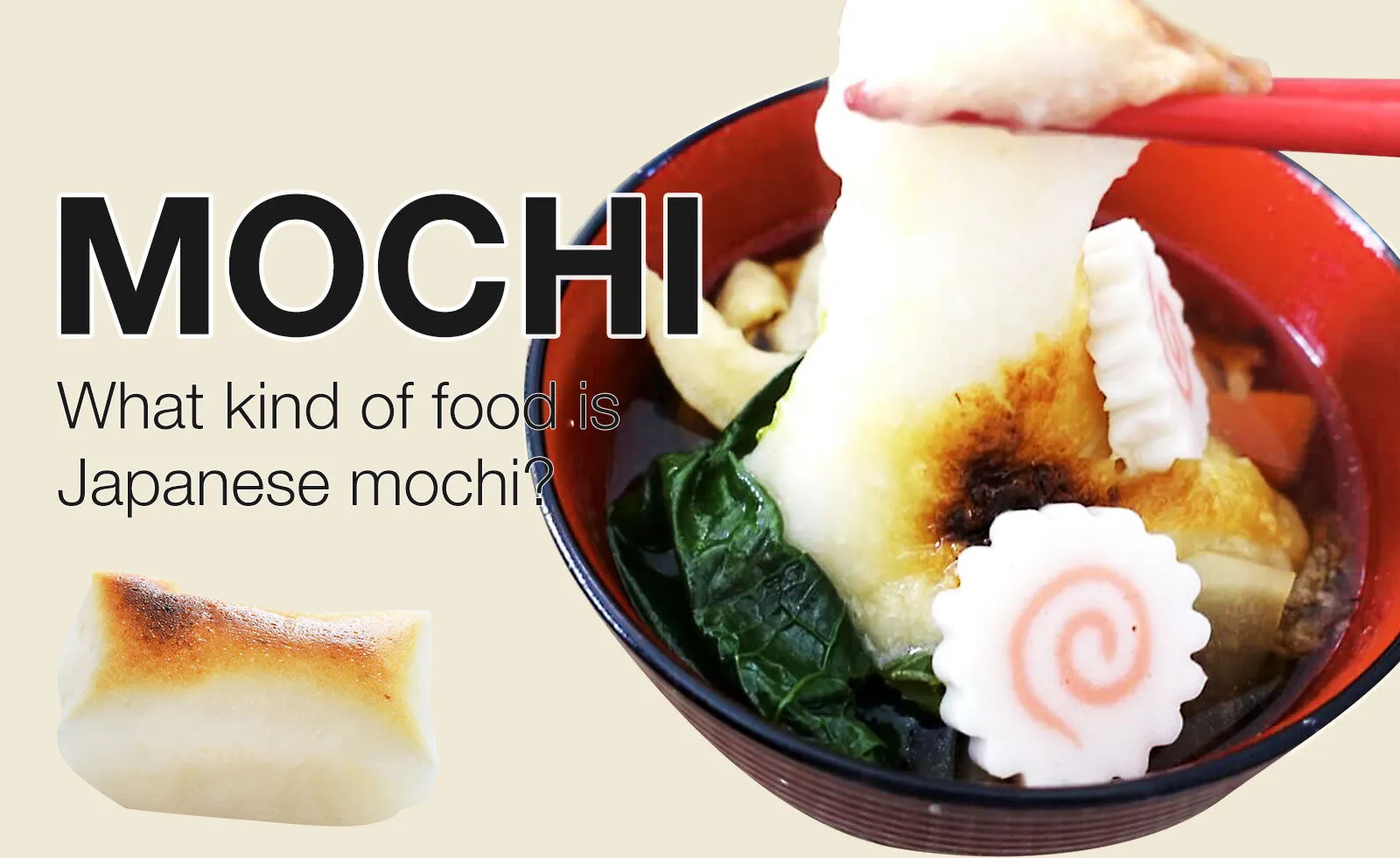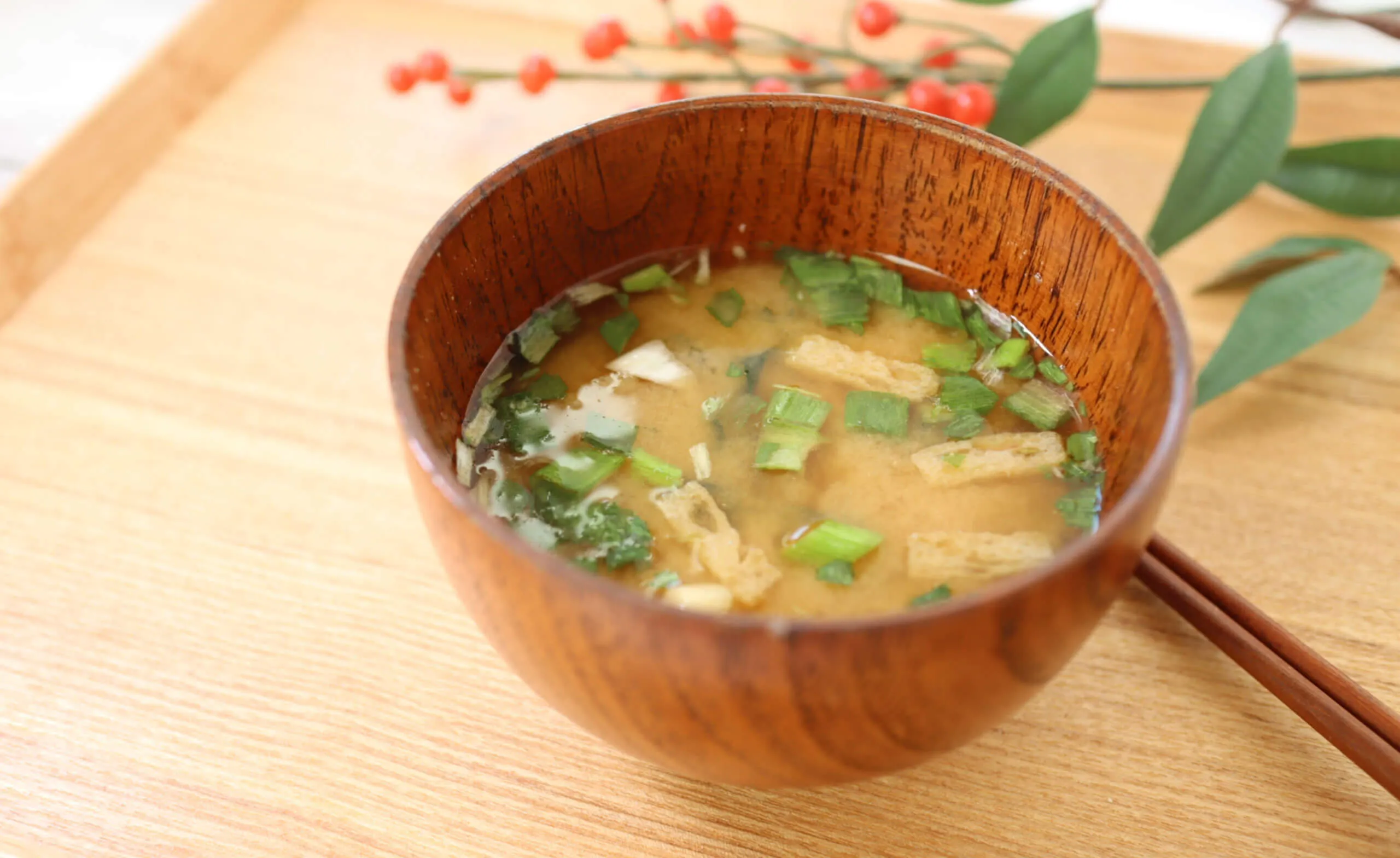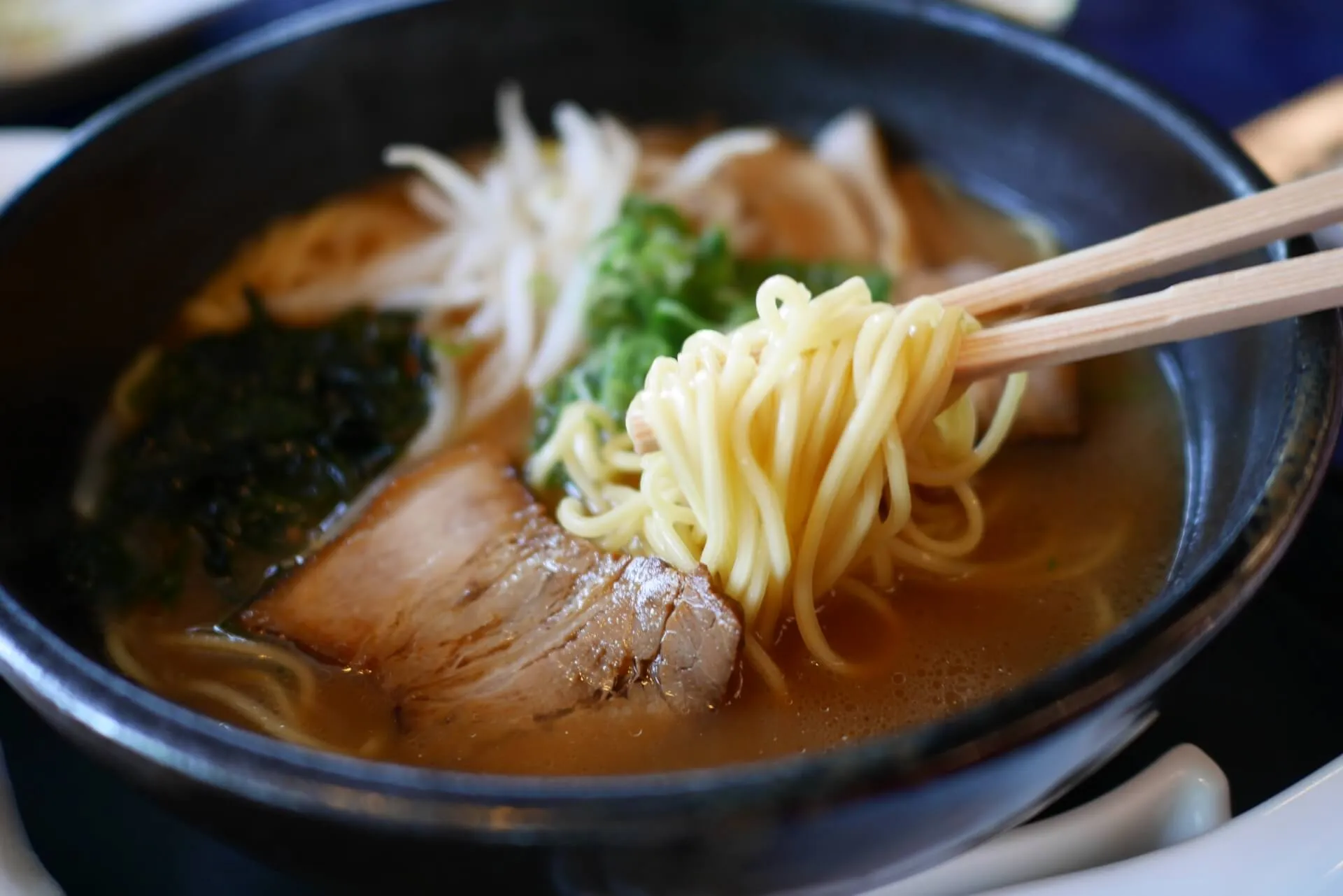There are many dishes in the world that are fried in oil, but in Japanese cuisine, tempura and karaage are the most famous.
Today, I would like to introduce you to tempura.
Generally speaking, tempura is made with vegetables and seafood.
Seasonal vegetables and seasonal seafood are fried in oil and eaten with salt or sauce.
Is it enough to just fry tempura in oil?
No, no, no. Tempura comes with a batter.
(By the way, just deep-frying in oil is called “Suage.”)
The batter is made of cold water, egg, and flour.
Once the batter is made by mixing these three ingredients together, dip it in the batter and pop it into the hot oil.
Depending on how well you mix the batter and the temperature of the oil, you will get different tasty tempura.
For example, the texture may not be crispy, but squishy.
If you are a professional chef, you may be very particular about the ingredients you use, but even home-cooked tempura can be delicious.
The key to making good tempura is the temperature of the oil!
The temperature of the oil should not be too high, nor should it be too low.
This may sound difficult, but there is a way to identify the optimal temperature.
How to check the temperature of the oil
The optimal temperature for frying tempura is 170~180 degrees Celsius.
When oil temperature is low
Deep frying is a cooking or cooking method in which the oil is heated to a high temperature to dispel the moisture contained in the batter and ingredients. If the oil temperature is too low, the moisture will not evaporate sufficiently, causing the batter to become sticky. Wait until the oil temperature reaches the proper temperature without panicking.
When the oil temperature is too high
Conversely, if the oil temperature is too high, the surface of the food will burn before the center of the food is cooked. Also, heating the oil more than necessary can cause oxidation, resulting in a loss of flavor. Check the temperature from time to time even after it has reached the proper temperature.
How to check oil temperature
While it is accurate to use a thermometer to measure the temperature of oil, there is a way to check the temperature of oil without using a thermometer.
This is a very simple method that is useful to keep in mind.
First, drop a small amount of batter used for tempura into the oil.
If the temperature of the oil is low, it will sink to the bottom and float slowly.
If the oil is the right temperature for tempura, it will sink about halfway to the bottom and float up.
If the oil is too hot, the batter will sink and float vigorously.
Check by this method.
What ingredients are used for tempura?
Shrimp Tempura
Squid Tempura
Typical ingredients in tempura dishes are vegetables.
Shiitake mushrooms, maitake mushrooms, onions, sweet potatoes, broccoli, etc. are common.
Other than vegetables, shrimp and squid are sometimes deep-fried.
There is also “kakiage” (deep frying), in which small pieces of seafood and vegetables are deep fried together.
Any ingredient you want to use in your tempura dish! You can use whatever ingredients you like.
How do you eat tempura?
There are two typical patterns of eating tempura.
Eating with salt
One is to eat it with salt. Salt is perfect for enjoying the crispiness of the batter more. Pinch the salt lightly with your thumb and forefinger and sprinkle it evenly over the entire seed.
Dip into Ten-tsuyu (soy sauce) and eat.
The style of eating with ten-tsuyu is typical. Sometimes grated daikon (Japanese radish) is added to the ten-tsuyu.


